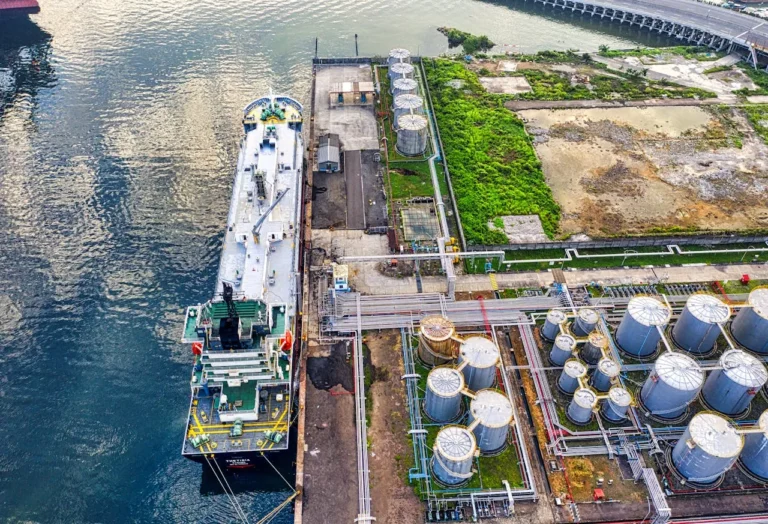
MGE Expands Solar and Battery Investments to Accelerate Wisconsin’s Clean Energy Transition
Madison Gas and Electric (MGE) has taken another decisive step in its journey toward a cleaner energy future, announcing plans to add more than 85 megawatts (MW) of solar capacity and 18 MW of battery storage to its growing generation portfolio. The company has officially filed a request with the Public Service Commission of Wisconsin (PSCW) for approval of these new investments, underscoring its commitment to delivering reliable, affordable, and sustainable energy to its customers.
These projects are part of MGE’s long-term strategy to decarbonize its electricity generation and to align with the company’s overarching target of achieving net-zero carbon electricity by 2050. Over the last decade, MGE has expanded its renewable portfolio substantially, positioning itself as one of Wisconsin’s leading utilities in clean energy deployment.
“With our current plans, by 2030, we will have added more than 40 renewable generation and battery storage projects since 2015, totaling more than 750 MW,” said Jeff Keebler, MGE Chairman, President, and CEO. “These investments are critical to propelling us toward our net-zero carbon goal while maintaining reliability and affordability for our customers.”
Expanding Solar and Storage Across Wisconsin
The newly proposed projects include MGE’s participation in five large-scale solar facilities, one of which will also include integrated battery storage. Developed in partnership with WEC Energy Group (WEC)—another major Wisconsin-based energy company—the initiative collectively represents more than 1,000 MW of solar and battery energy to be deployed across the state.
Under this partnership, MGE would own 10% of each facility, allowing it to diversify its energy mix and share in the output of these new renewable projects. The projects include:
- Akron Solar – 200 MW total; MGE’s share would be 20 MW.
- Dawn Break Solar and Storage – 180 MW solar and 180 MW battery storage; MGE’s share would be 18 MW of solar and 18 MW of storage.
- Emerald Bluffs Solar Park – 225 MW total; MGE’s share would be 22.5 MW.
- Fox Solar – 100 MW total; MGE’s share would be 10 MW.
- Superior Solar Energy Center – 150 MW total; MGE’s share would be 15 MW.
Together, these projects represent one of the most significant expansions of utility-scale renewable energy capacity in MGE’s history. They also signal the company’s ongoing effort to leverage regional partnerships to scale renewable generation efficiently and cost-effectively.
Strategic Focus on Reliability and Cost Management
MGE’s investment approach is not only about increasing renewable generation but also about ensuring grid reliability and economic value for customers. By investing in geographically diverse solar projects spread across Wisconsin, MGE is minimizing operational risks associated with localized weather patterns and system outages.
The addition of battery storage—especially at the Dawn Break Solar and Storage project—marks an important advancement for MGE’s energy portfolio. Battery systems allow the company to store excess solar power generated during the day and deploy it when demand peaks or when sunlight is unavailable, thereby enhancing energy reliability and smoothing out supply fluctuations.
“Storage technologies play a crucial role in supporting a resilient grid,” Keebler added. “They enable us to integrate more renewable resources while maintaining the dependable service our customers expect.”
This integrated approach to solar and storage development ensures that MGE can continue to deliver clean energy at competitive prices, all while supporting Wisconsin’s statewide transition to a low-carbon energy system.
Building a Broader Sustainability Strategy
Beyond large-scale solar and storage projects, MGE’s clean energy strategy encompasses a wide array of initiatives designed to address carbon emissions across multiple sectors. The company’s long-term plan includes three primary focus areas:
- Expanding Renewable Energy – MGE continues to invest in both utility-scale and community-based solar projects. These investments not only contribute to carbon reduction but also give customers more access to renewable energy options through programs like MGE’s Shared Solar initiative.
- Advancing Energy Efficiency – Through education, incentives, and technology upgrades, MGE works with residential, commercial, and industrial customers to reduce energy consumption and improve efficiency. This helps decrease overall energy demand while saving customers money.
- Supporting Electrification of Transportation – Recognizing that transportation remains one of the largest sources of greenhouse gas emissions, MGE is investing in electric vehicle (EV) charging infrastructure, promoting EV adoption, and partnering with local businesses and municipalities to develop charging networks across its service area.
These initiatives collectively align with both state and national decarbonization goals, contributing to a cleaner, more resilient energy economy.
Commitment to a Low-Carbon Future
MGE’s latest renewable proposals underscore its broader vision for Wisconsin’s energy future—one defined by sustainability, innovation, and collaboration. Since 2015, the company has steadily built a renewable foundation, transitioning from a coal-dependent portfolio to one that increasingly relies on wind, solar, and battery storage.
The company’s progress has been driven by partnerships with regional utilities, technology developers, and local communities, enabling it to expand renewables while keeping costs manageable. Each new investment reflects MGE’s philosophy that sustainability and reliability can go hand in hand when pursued with strategic foresight and stakeholder engagement.
As the utility prepares for regulatory review, it remains confident that these new projects will deliver long-term value—both environmentally and economically—for its customers. Upon approval, construction and integration of these facilities are expected to proceed through the latter half of the decade, further strengthening Wisconsin’s renewable energy capacity and grid stability.
Source Link: https://www.businesswire.com/











